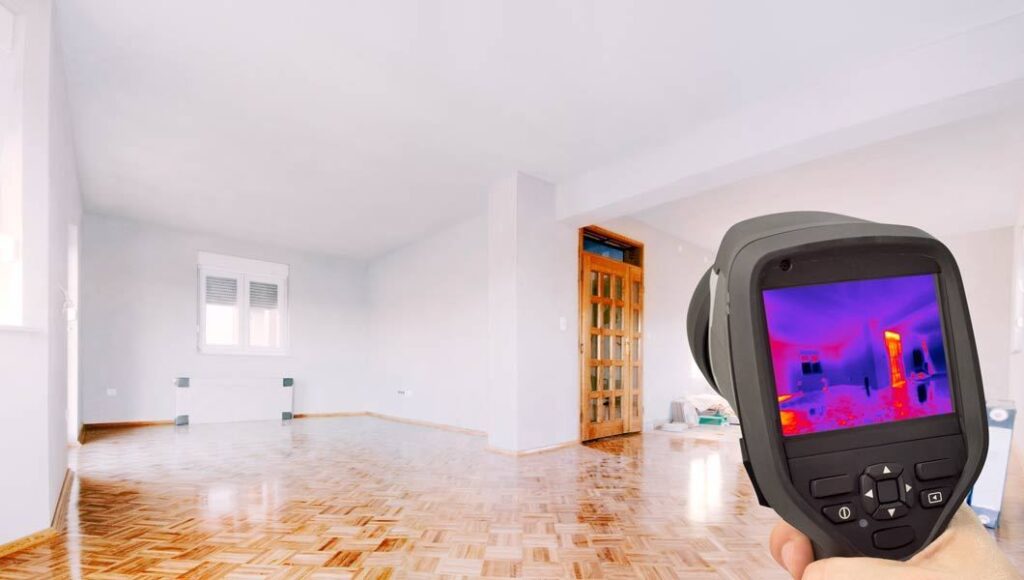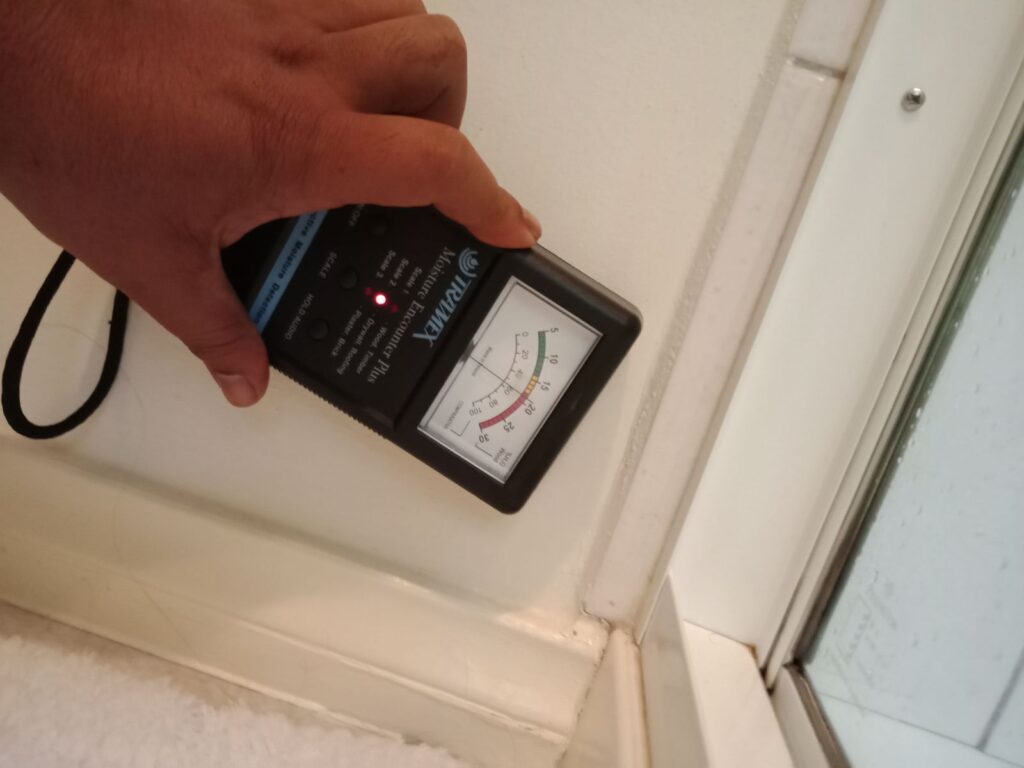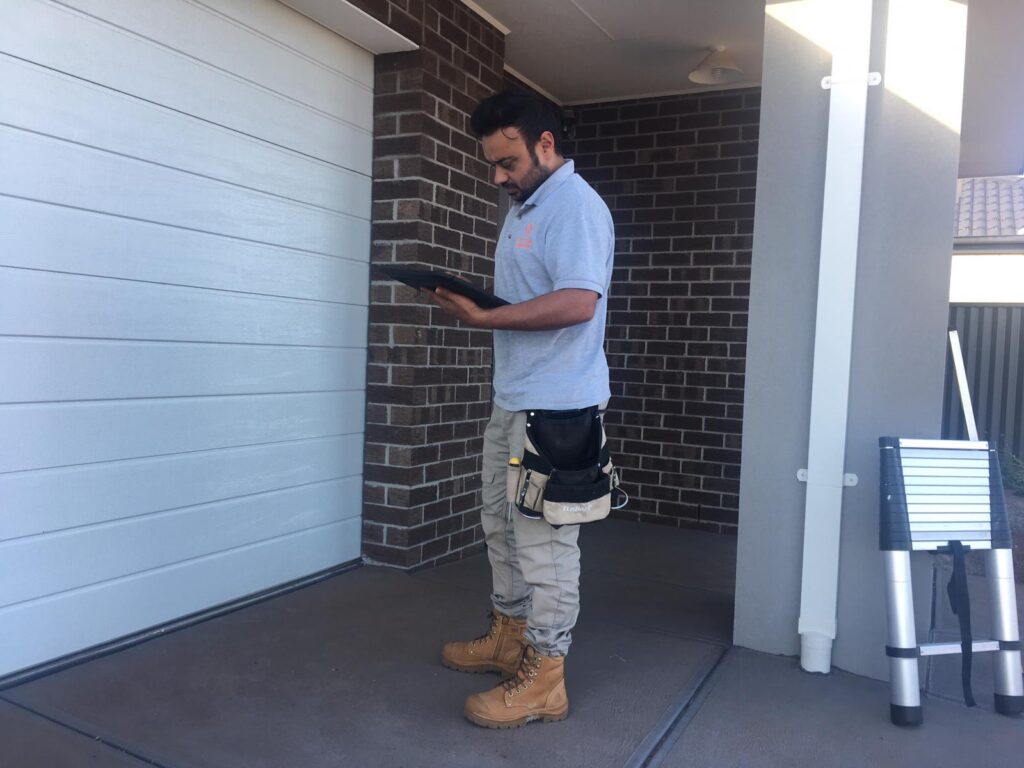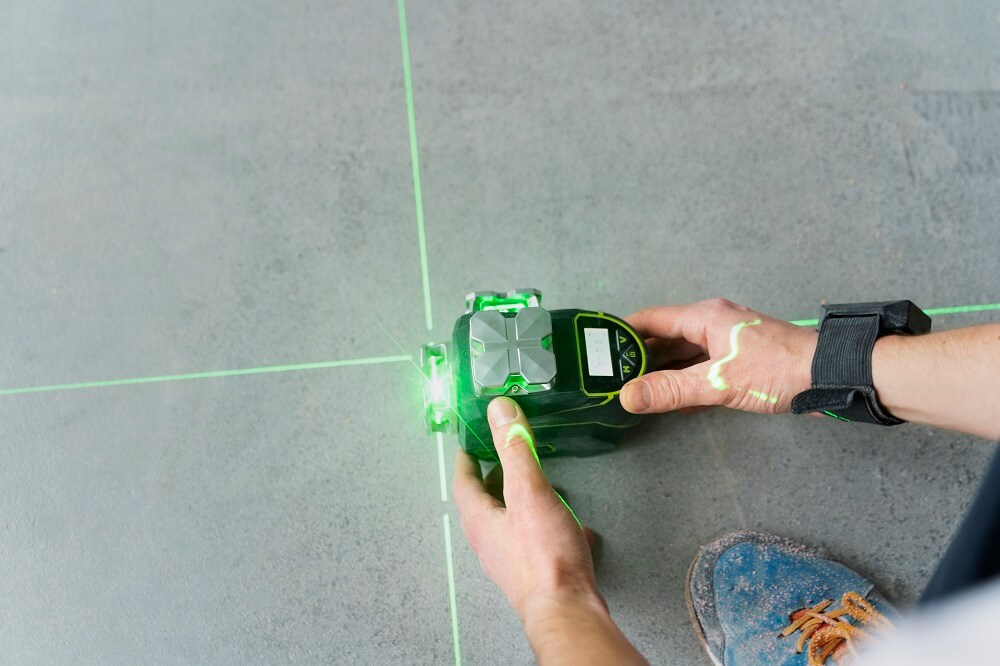Building inspections in Melbourne are a critical phase in the construction and real estate industries, ensuring that structures meet safety and quality standards. In Melbourne, a city renowned for its diverse architecture and booming real estate market, building inspectors play a pivotal role in safeguarding the interests of both buyers and sellers. To execute their responsibilities effectively, these professionals rely on a range of specialized tools. In this blog post, we’ll delve into the common building inspection tools used by building inspectors in Clyde North, Melbourne.
Top Tools Used During Building Inspections in Melbourne
- Thermal Imaging Cameras

In Melbourne’s fluctuating climate, thermal imaging cameras have become indispensable tools for building inspectors. These cameras help identify hidden issues such as moisture intrusion, insulation problems, and electrical anomalies by capturing temperature variations. By providing a visual representation of temperature differences, inspectors can pinpoint potential problems that might go unnoticed during a visual inspection.
- Moisture Meters

Melbourne’s climate, known for its occasional heavy rainfall and humidity, makes moisture-related issues a common concern. Moisture meters are essential tools for building inspectors to detect and measure moisture levels in various building materials. Identifying moisture problems early on is crucial in preventing issues like mould growth, structural damage, and deterioration of building components.
- Borescopes

When it comes to inspecting hard-to-reach or concealed areas, building inspectors in Melbourne turn to borescopes. These flexible, slender tubes with an attached camera allow inspectors to visually inspect spaces such as wall cavities, ductwork, and pipes. Borescopes help identify potential issues without the need for destructive testing, enabling a more non-invasive inspection process.
- Laser Distance Measures

Accurate measurements are a cornerstone of building inspections. Laser distance measures provide inspectors in Melbourne with a quick and precise way to measure distances, ensuring that all components of a structure meet the required specifications. These handheld devices are especially useful for assessing room dimensions, wall lengths, and other critical measurements during an inspection.
- Electrical Testers
Electrical safety is a paramount concern in any building, and Melbourne is no exception. Building inspectors use electrical testers to assess the condition of wiring, outlets, and other electrical components. These testers help identify potential hazards such as faulty wiring, overloaded circuits, and improperly grounded systems, ensuring the safety of occupants.
- Digital Cameras
While not a groundbreaking technology, digital cameras remain an essential tool for building inspectors in Clyde North, Melbourne. High-resolution images captured during inspections serve as valuable documentation. These thermographic images can be included in inspection reports, providing a visual reference for identified issues and helping clients better understand the condition of the property.
- Building Inspection Software
In the digital age, building inspectors in Melbourne are leveraging specialized software to streamline their inspection processes. All the building inspections software allows inspectors to create detailed reports, complete with images, annotations, and recommendations. This not only enhances the efficiency of the inspection but also provides clients with comprehensive and easy-to-understand documentation.
Building inspections in Clyde North, Melbourne play a crucial role in ensuring the safety and quality of structures. The tools they employ, from thermal imaging cameras to building inspection software, reflect the advancements in technology and the commitment to thorough and accurate inspections. As Melbourne continues to evolve, so too will the tools and techniques used by building inspectors, ultimately contributing to the overall integrity of the city’s built environment.
